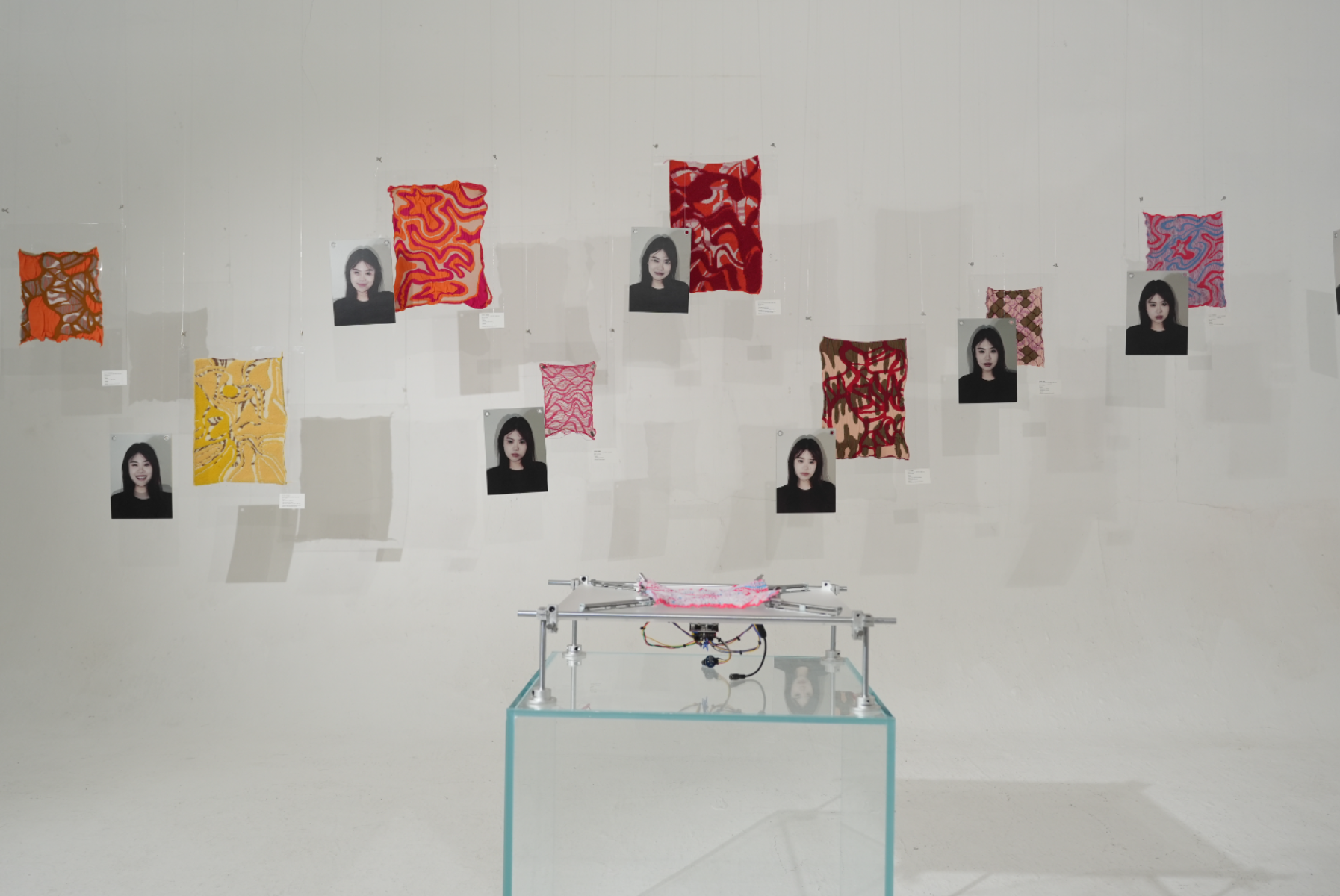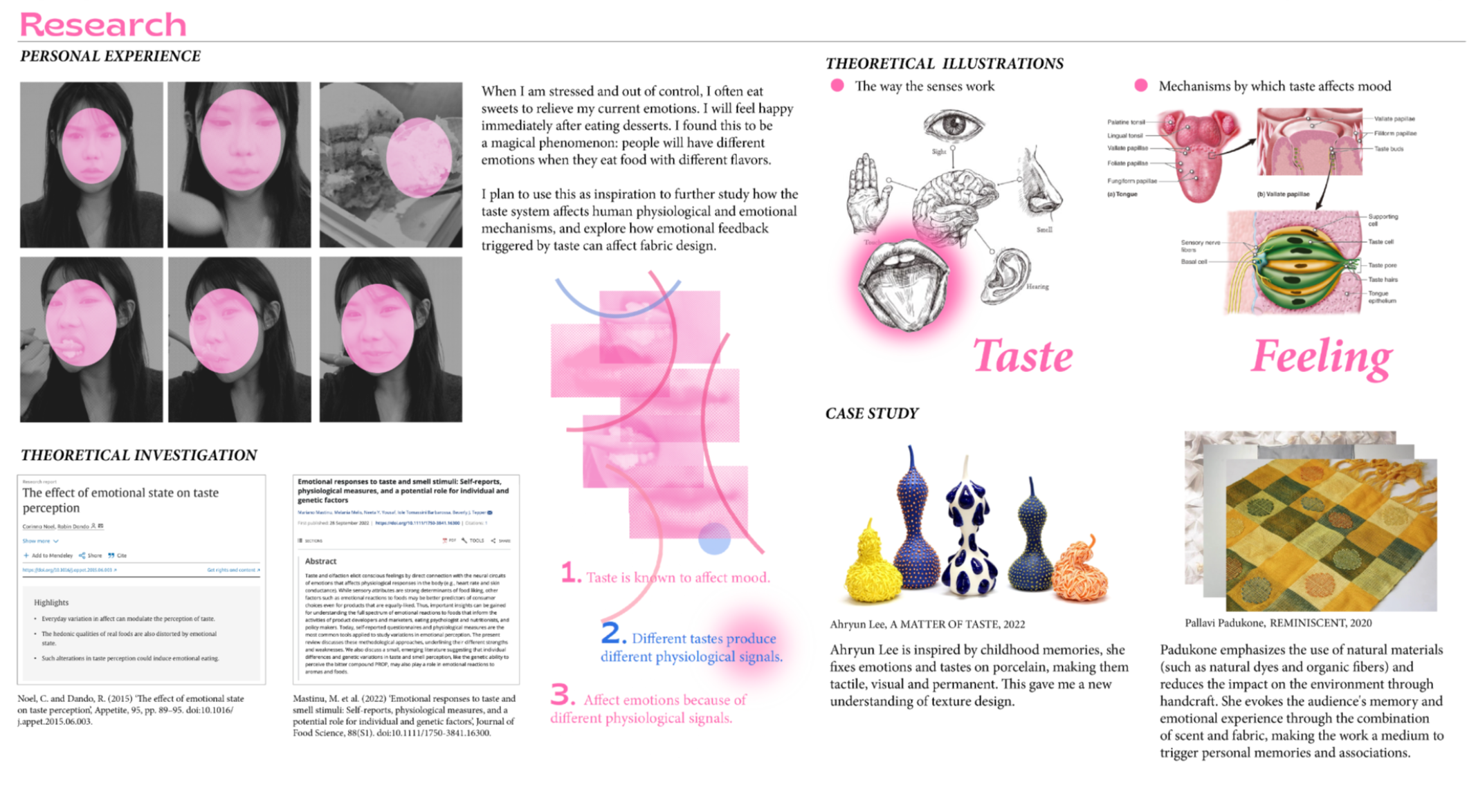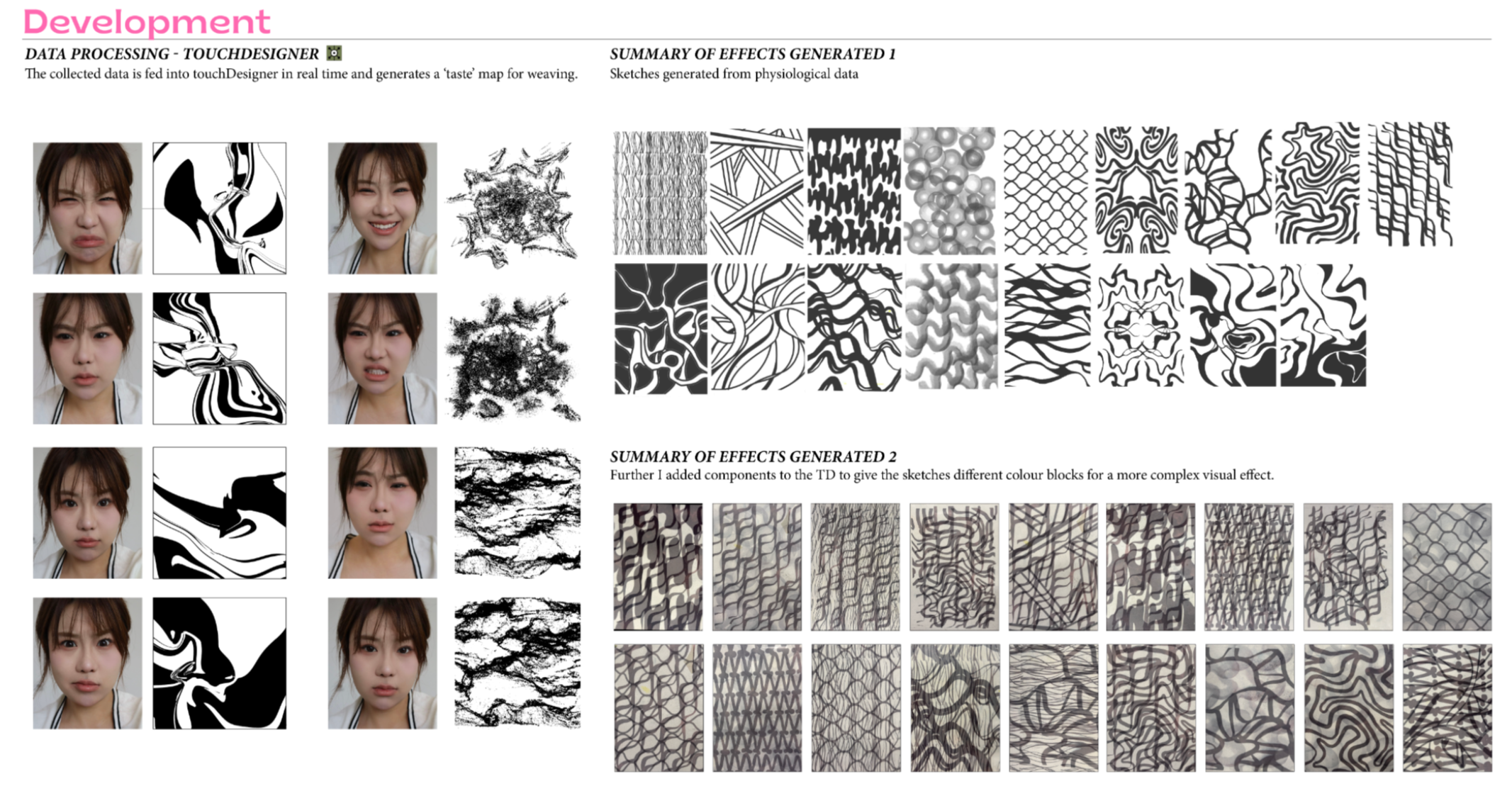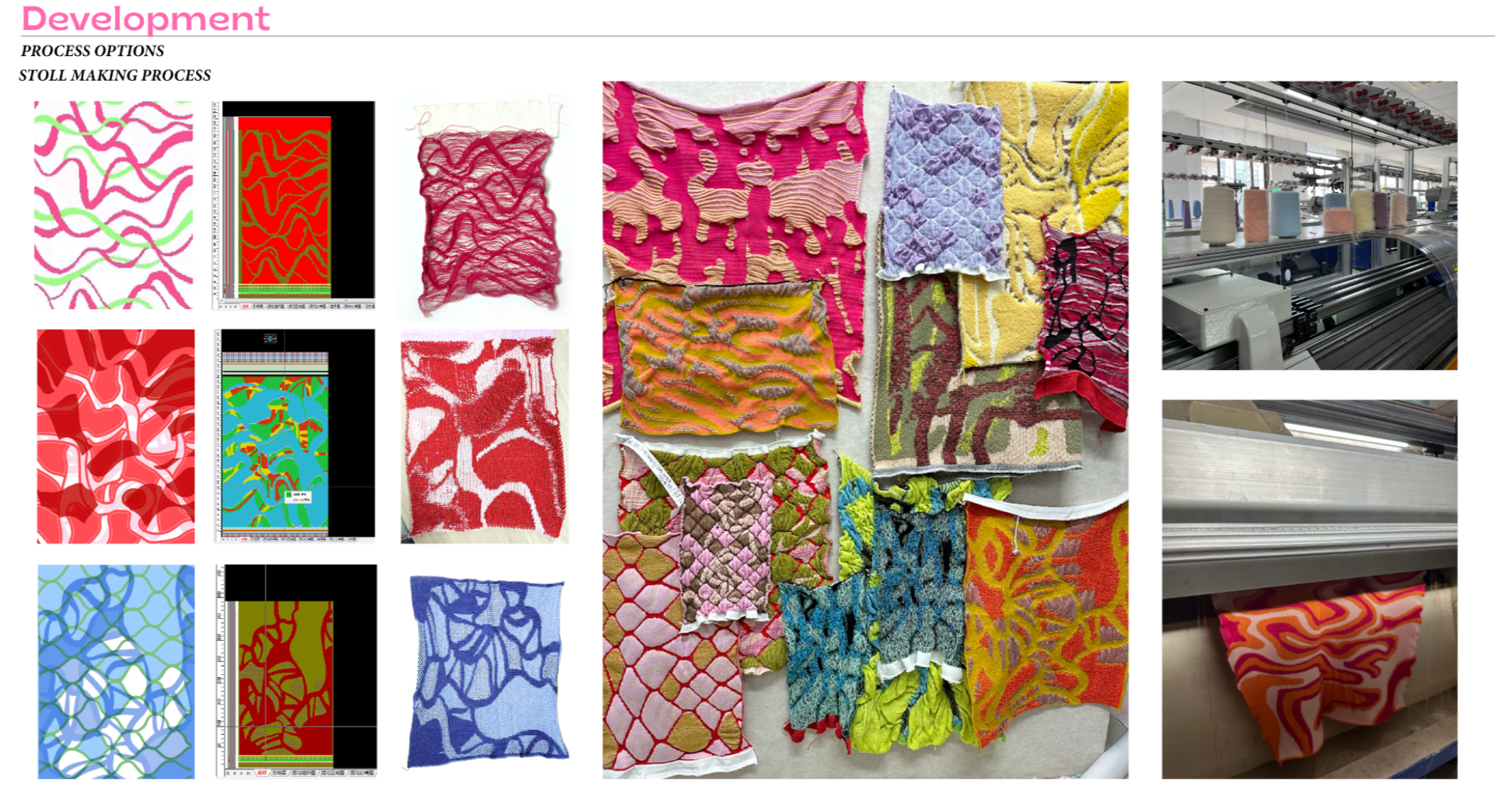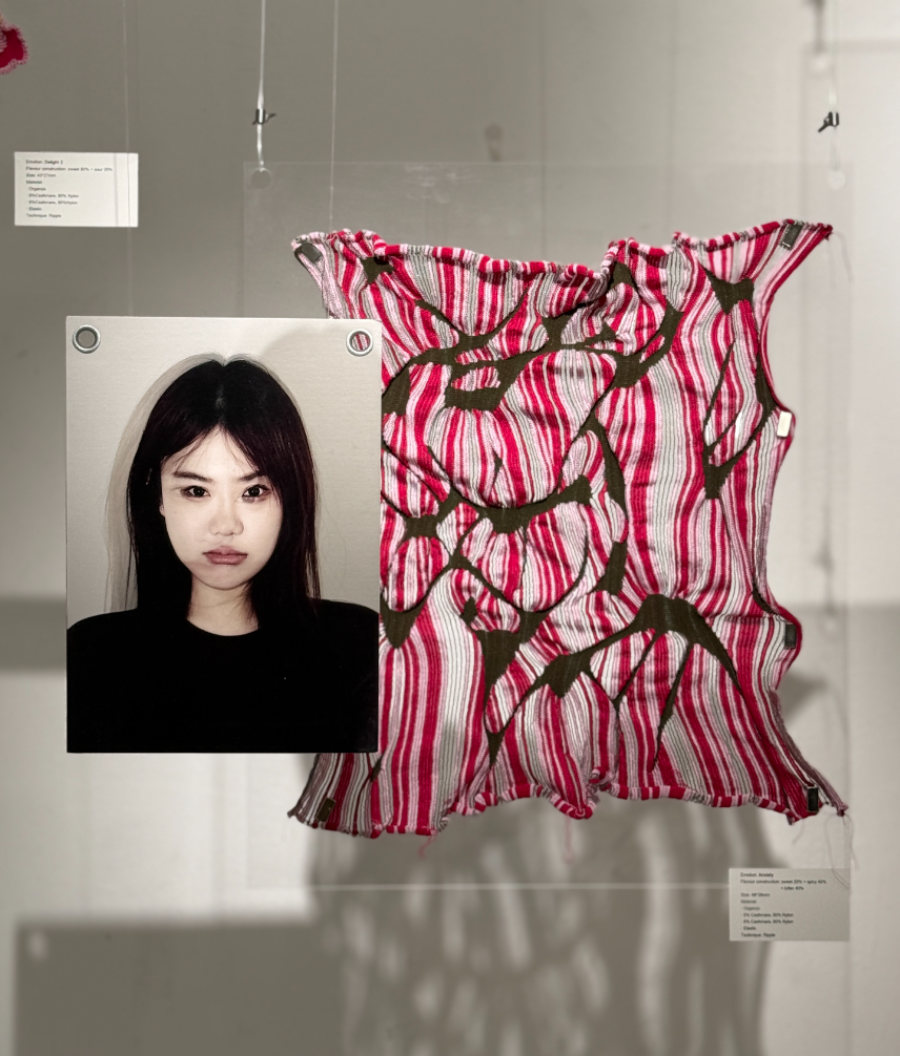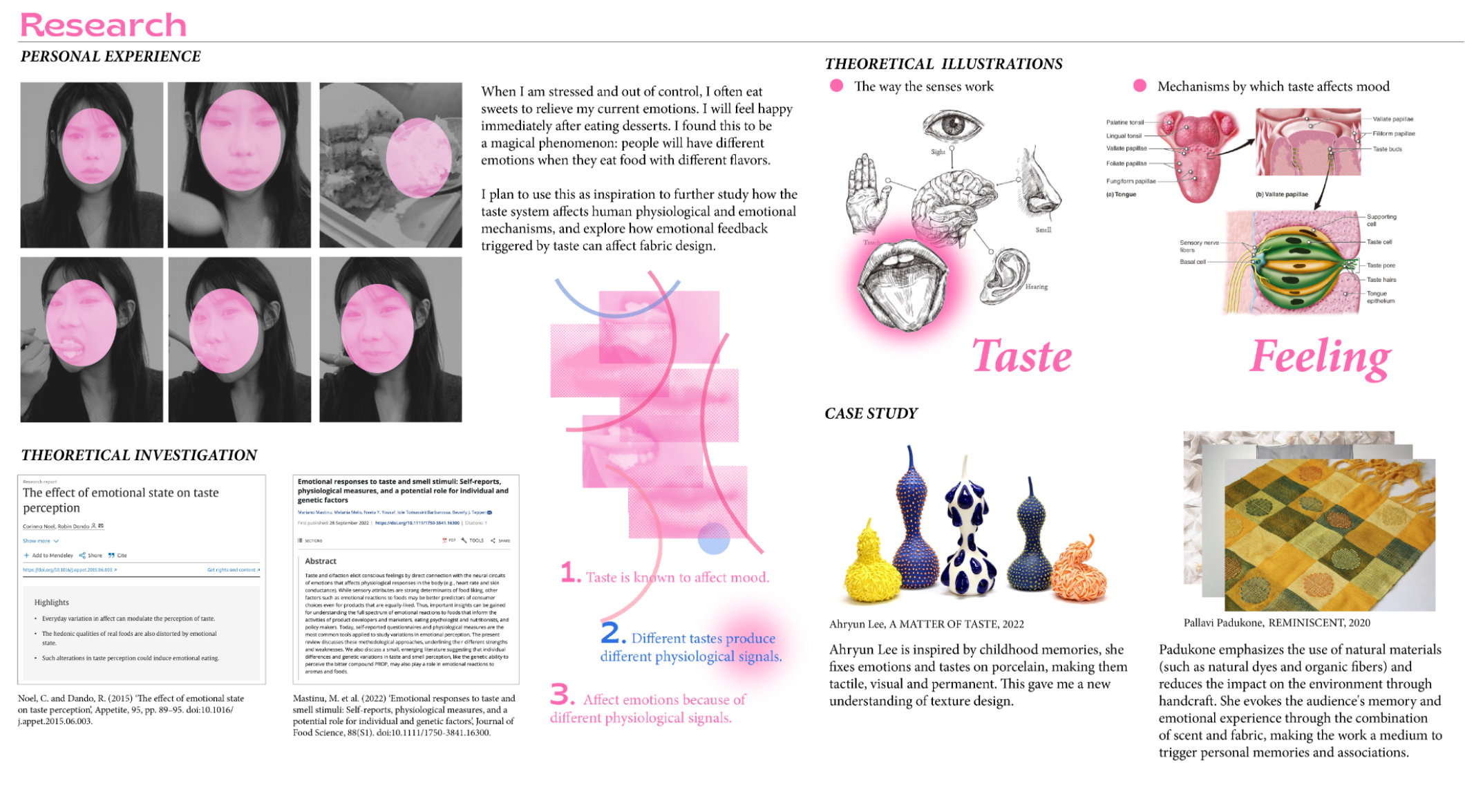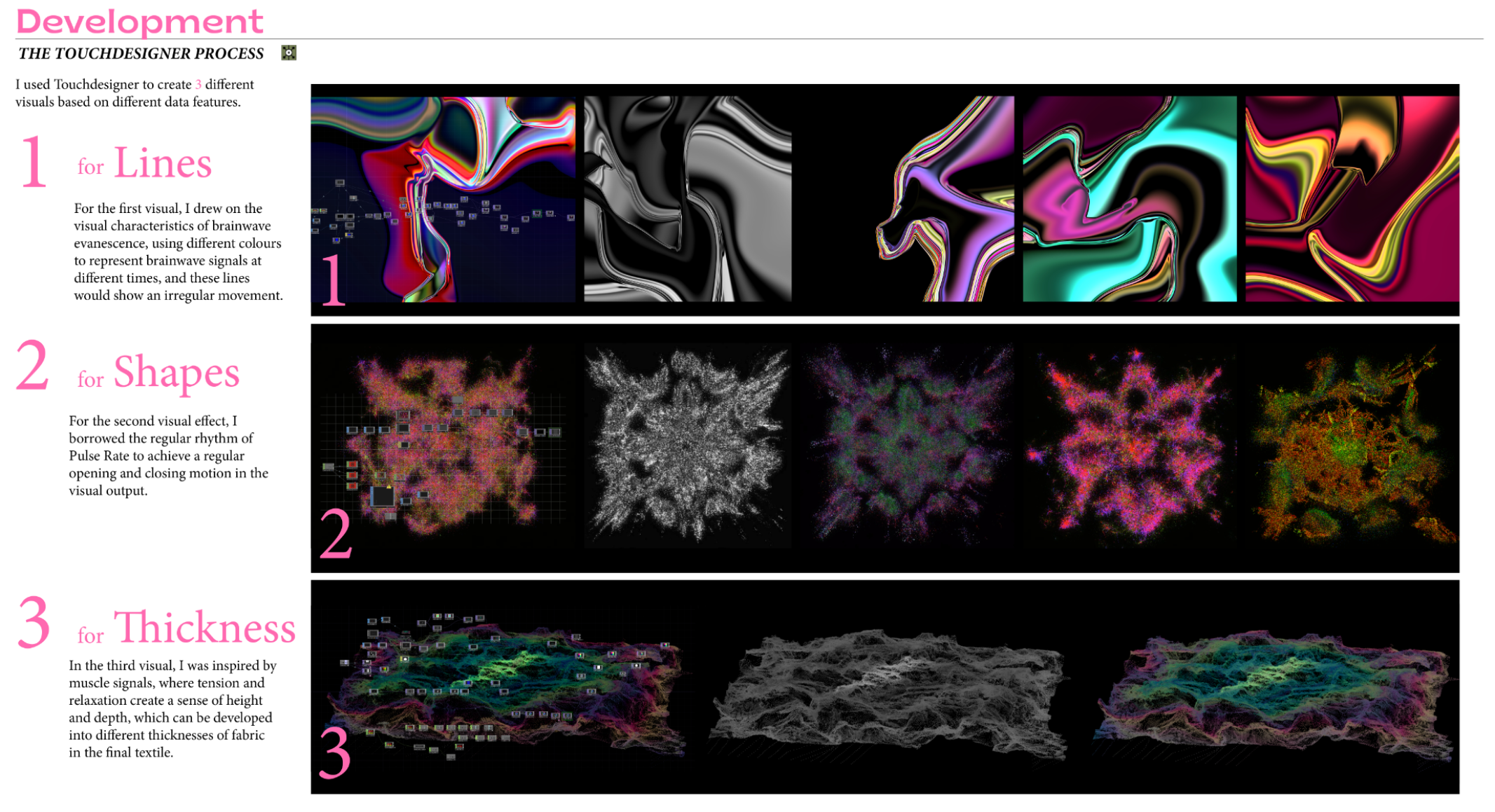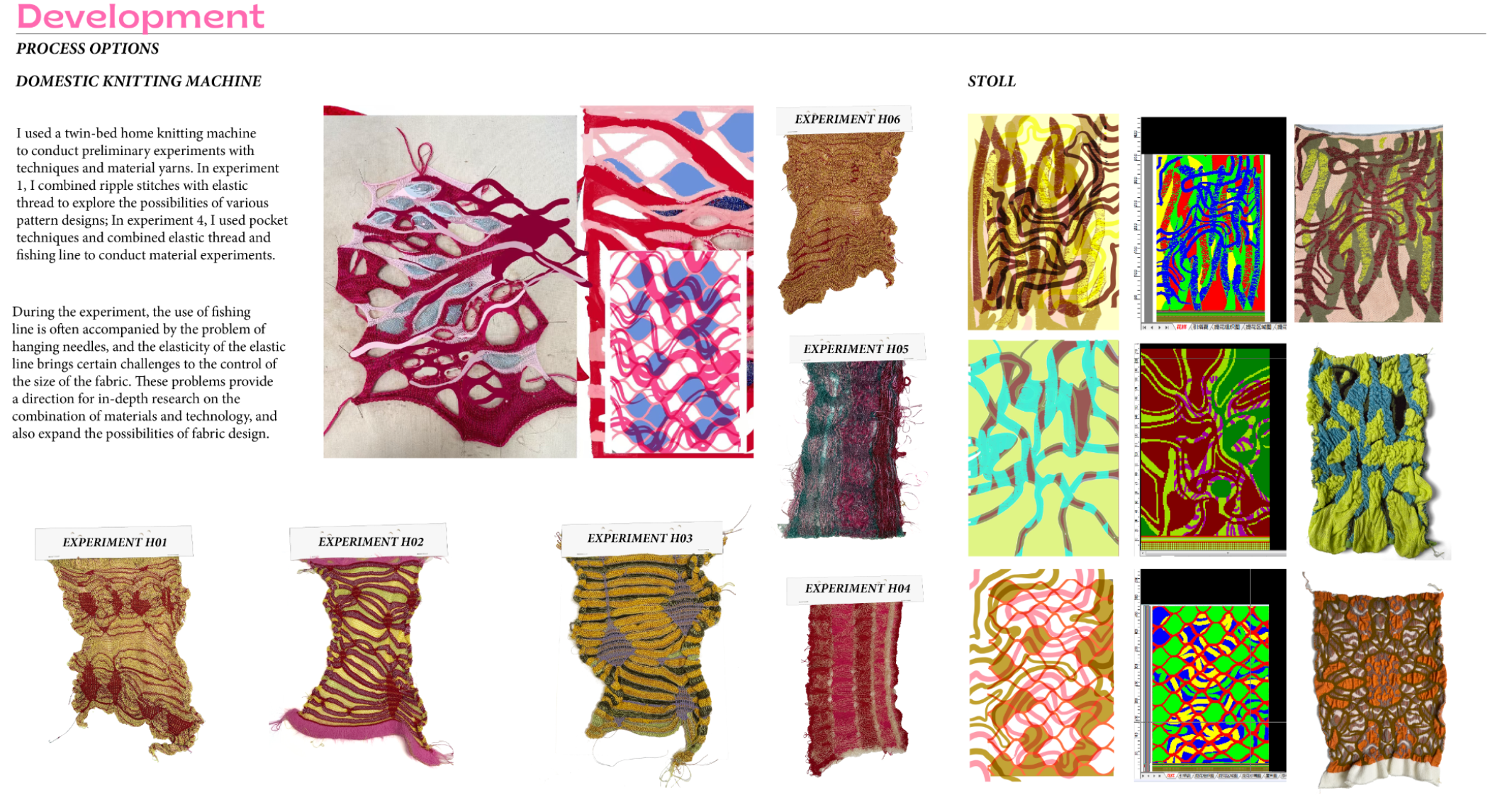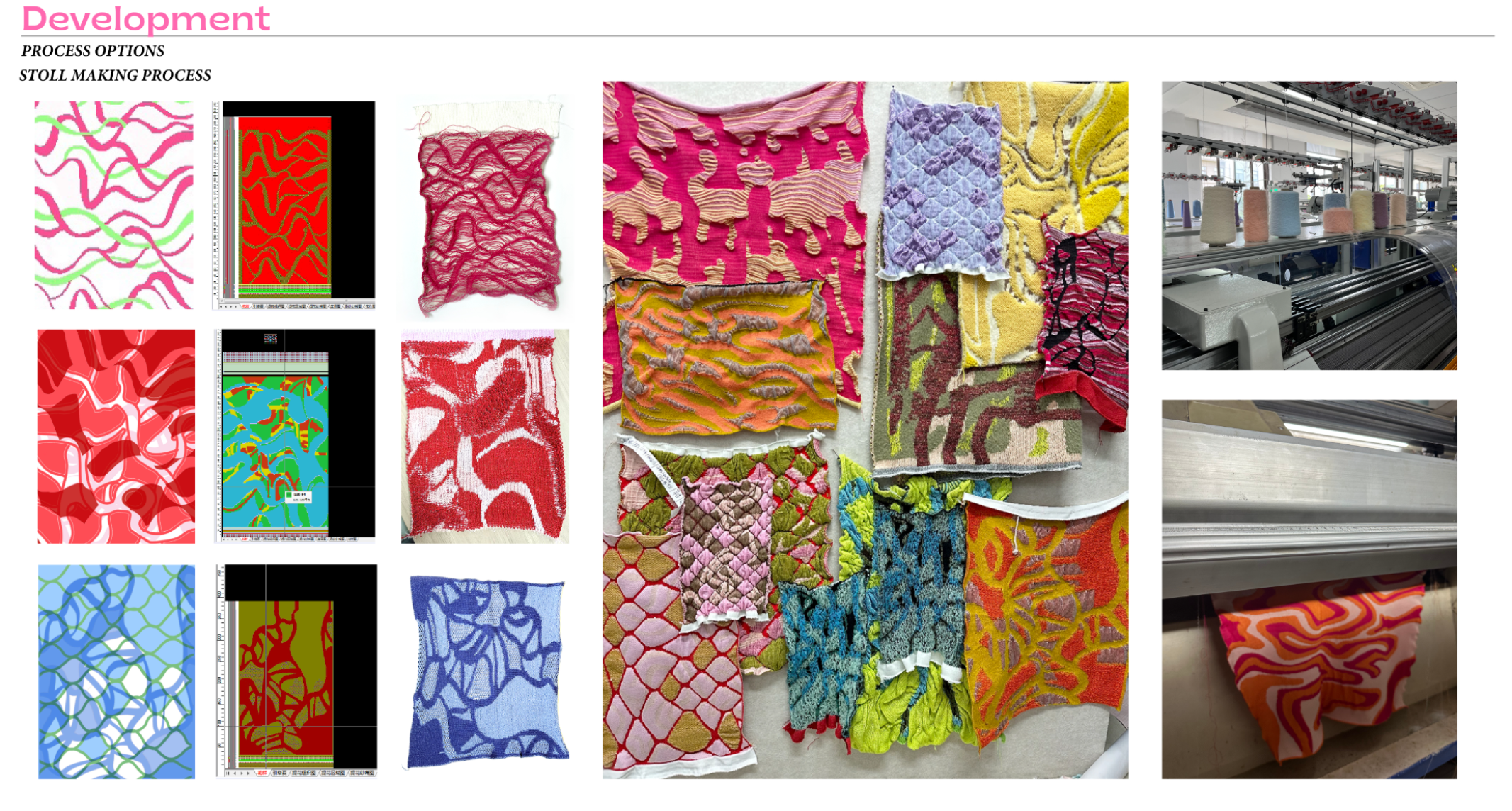Yunge Tong
Textile Design BA Hons
Chelsea College of Arts UAL
Specialisms: Textiles - Knit / Textiles for Fashion / Textiles - Mixed Media
Location: London, United Kingdom
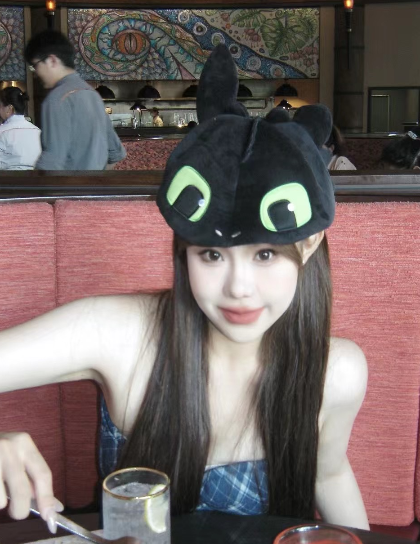

Yunge Tong

First Name: Yunge
Last Name: Tong
Specialisms: Textiles - Knit / Textiles for Fashion / Textiles - Mixed Media
Sectors:
My Location: London, United Kingdom
University / College: Chelsea College of Arts UAL
Course / Program Title: Textile Design BA Hons
About
My undergraduate studies have taught me not only textile techniques but also the ability to think critically about textile design’s applications and positions in different cultural and social contexts. I have developed a framework for considering how textile design can drive meaningful changes, whether through sustainable practices, social impact, or material innovation. Additionally, I have gained professional communication skills that support effective negotiation, teamwork, and diplomacy. I believe all these essential attributes for a designer committed to addressing complex, real-world issues.
This project investigates the relationship between taste, memory, and emotional regulation. When feeling overwhelmed or anxious, I instinctively reach for sweet food—an emotional coping mechanism rooted in my memory of sweets bringing joy. Research shows that taste can trigger emotional responses through the brain’s short route, where sensory input goes directly to the amygdala, producing fast, instinctive emotional reactions. I conducted taste experiments involving sweet, sour, bitter, and salty flavors, using facial expressions to capture participants’ immediate emotional responses. These expressions reflect simple emotions, which I then classified and recombined into complex emotional states. During tasting, I also monitored biometric data—muscle activity (EMG), heart rate, and brainwaves—using Arduino sensors. This real-time data was visualized in TouchDesigner, generating emotion maps based on physiological changes. These emotion maps were translated into knit patterns, each representing a unique emotional state. I first tested the designs using a domestic double-bed knitting machine to develop fabric samples, experimenting with structure, stretch, and texture. After iterative testing, I programmed my final patterns into a computer knitting machine to create refined textile swatches—what I call “emotional fabrics.” The final presentation integrates these fabrics into wearable forms with stretchable structures, allowing the pieces to move and shift with the body, reflecting emotional fluctuations in real time. The work blends emotional neuroscience, biometric technology, and textile design, proposing a poetic system for encoding and editing emotions through sensory triggers. By transforming invisible emotional data into tactile, wearable textiles, the project creates a new language for feeling, sensing, and expressing emotion.
Competitions

Global Creative Graduate Showcase 2025
This project investigates the relationship between taste, memory, and emotional regulation. When feeling overwhelmed or anxious, I instinctively reach for sweet food—an emotional coping mechanism rooted in my memory of sweets bringing joy. Research shows that taste can trigger emotional responses through the brain’s short route, where sensory input goes directly to the amygdala, producing fast, instinctive emotional reactions. I conducted taste experiments involving sweet, sour, bitter, and salty flavors, using facial expressions to capture participants’ immediate emotional responses. These expressions reflect simple emotions, which I then classified and recombined into complex emotional states. During tasting, I also monitored biometric data—muscle activity (EMG), heart rate, and brainwaves—using Arduino sensors. This real-time data was visualized in TouchDesigner, generating emotion maps based on physiological changes. These emotion maps were translated into knit patterns, each representing a unique emotional state. I first tested the designs using a domestic double-bed knitting machine to develop fabric samples, experimenting with structure, stretch, and texture. After iterative testing, I programmed my final patterns into a computer knitting machine to create refined textile swatches—what I call “emotional fabrics.” The final presentation integrates these fabrics into wearable forms with stretchable structures, allowing the pieces to move and shift with the body, reflecting emotional fluctuations in real time. The work blends emotional neuroscience, biometric technology, and textile design, proposing a poetic system for encoding and editing emotions through sensory triggers. By transforming invisible emotional data into tactile, wearable textiles, the project creates a new language for feeling, sensing, and expressing emotion.
Competitions

